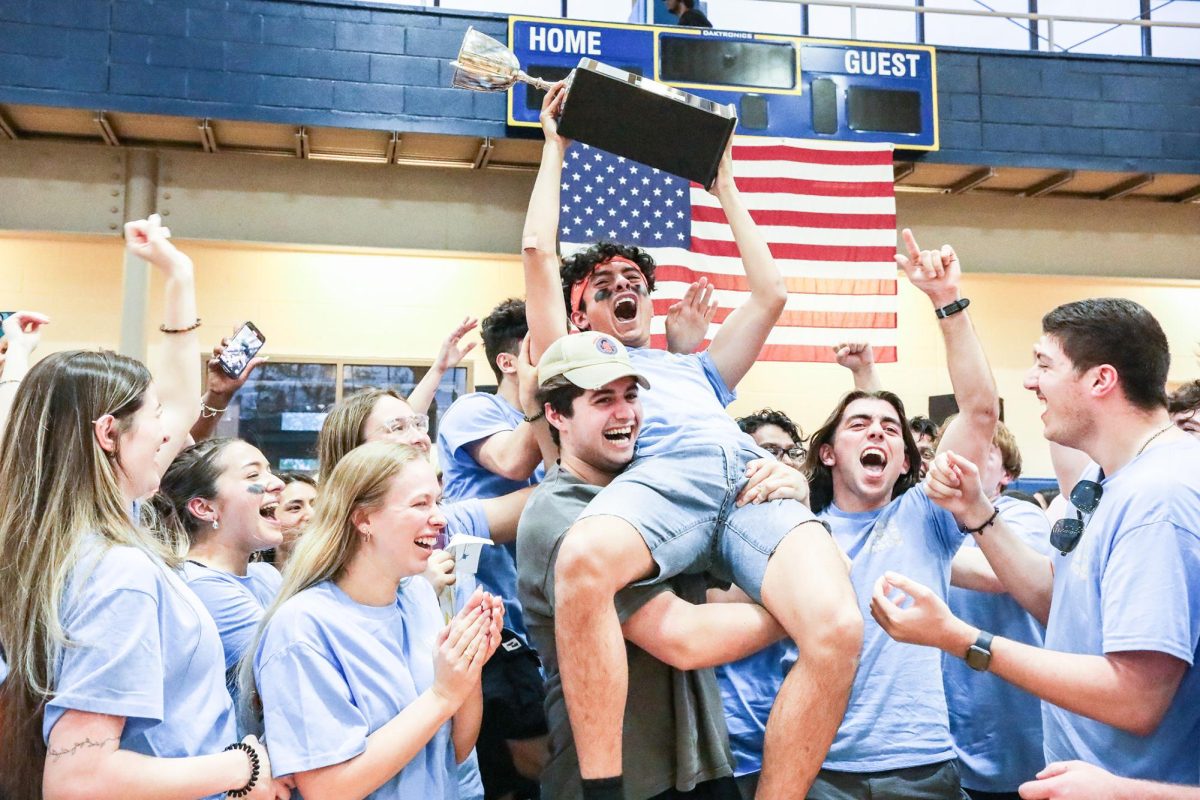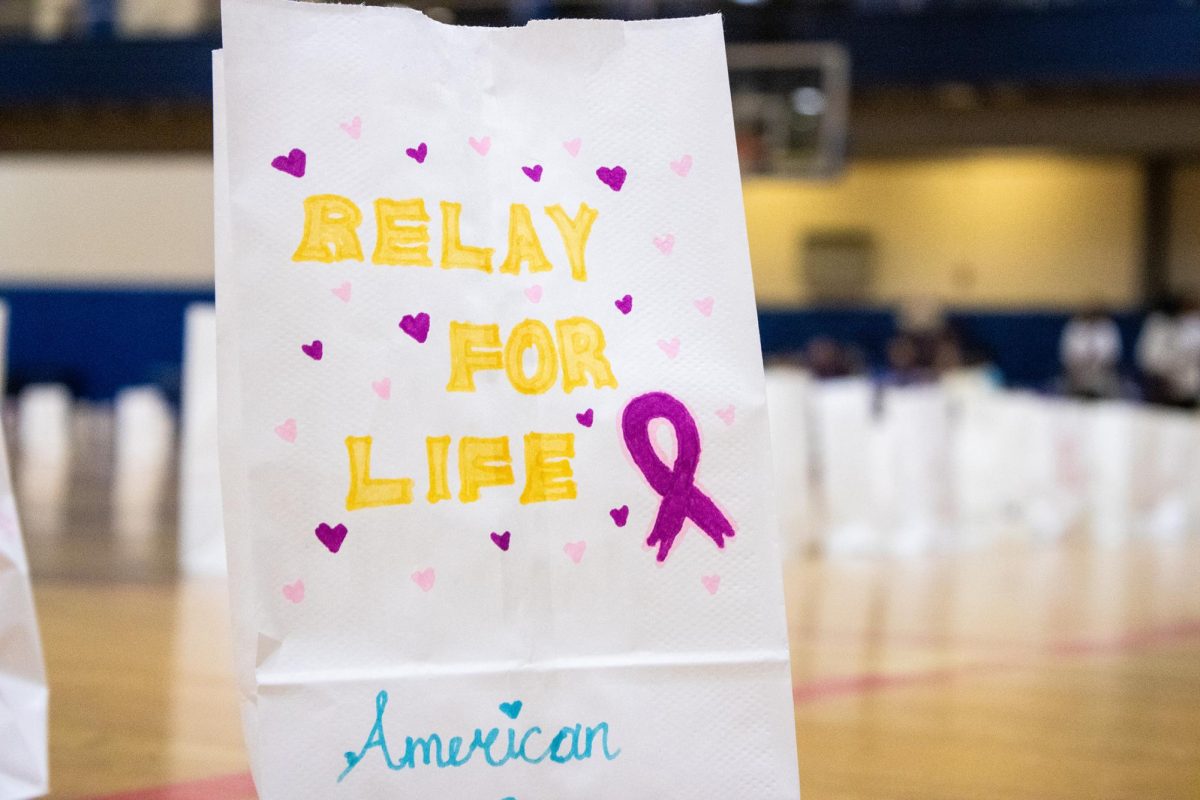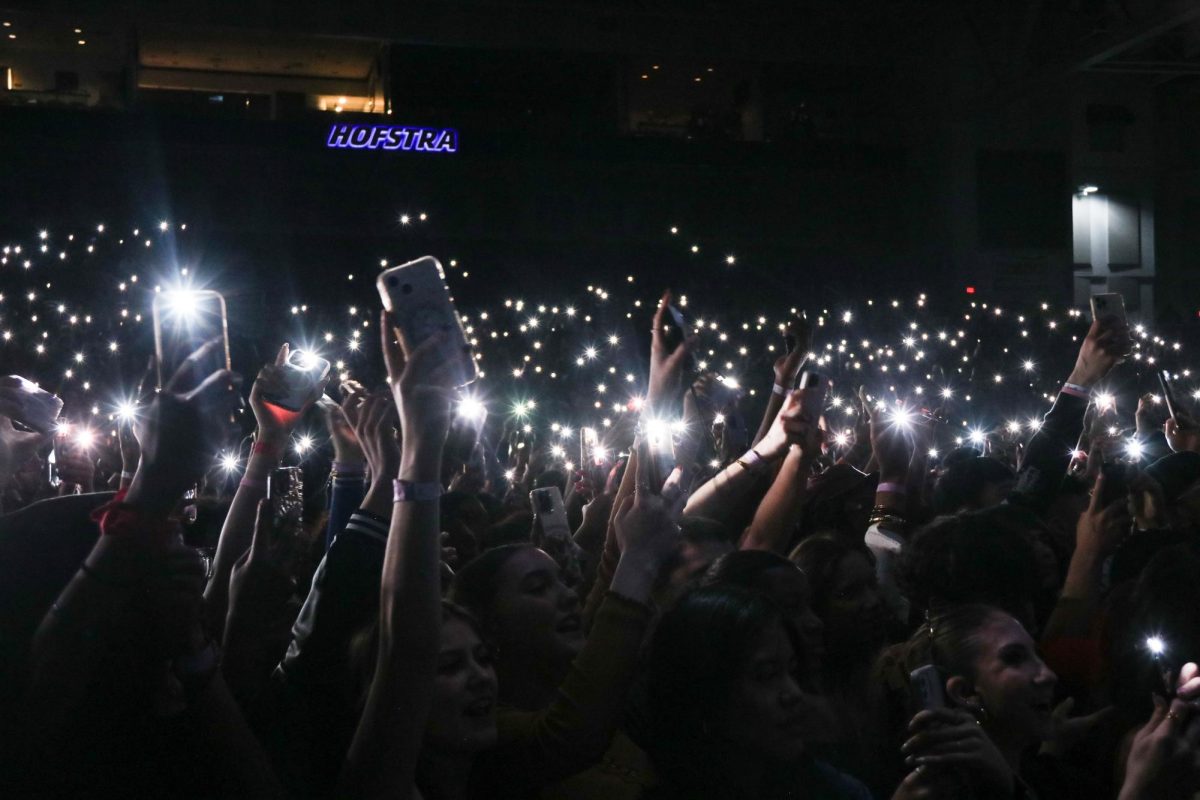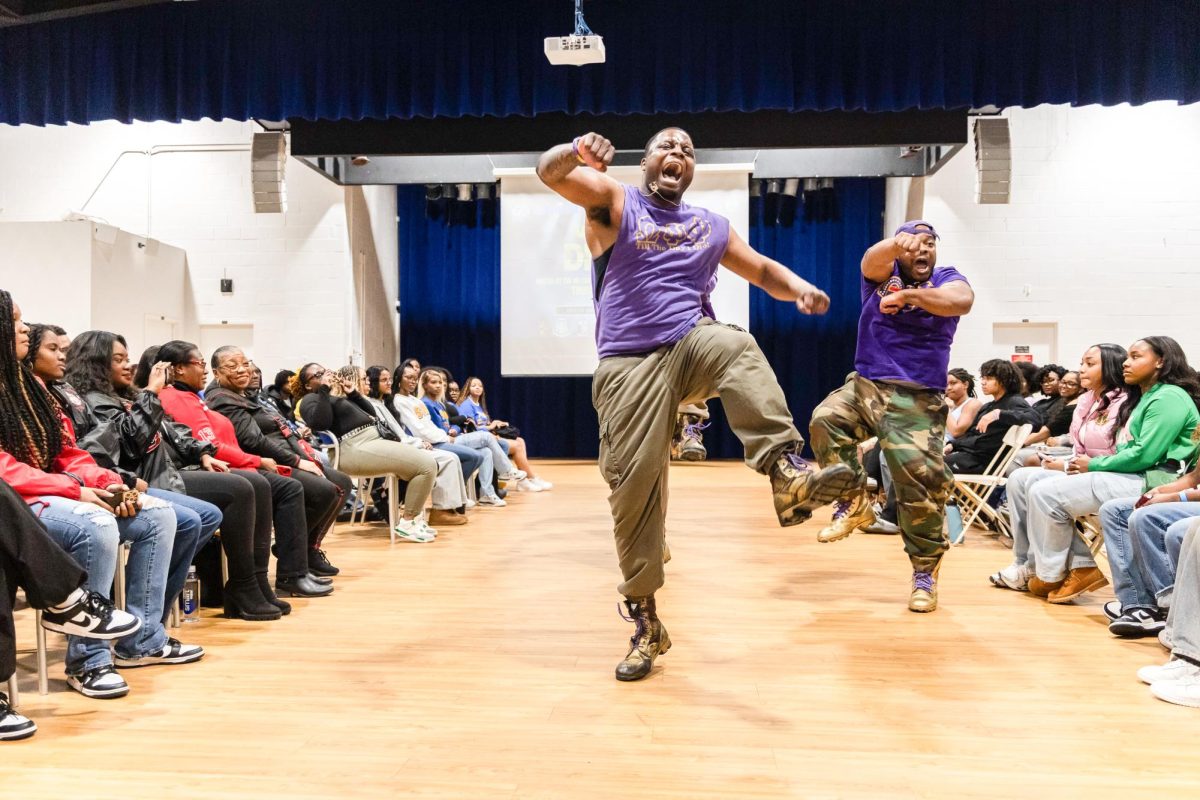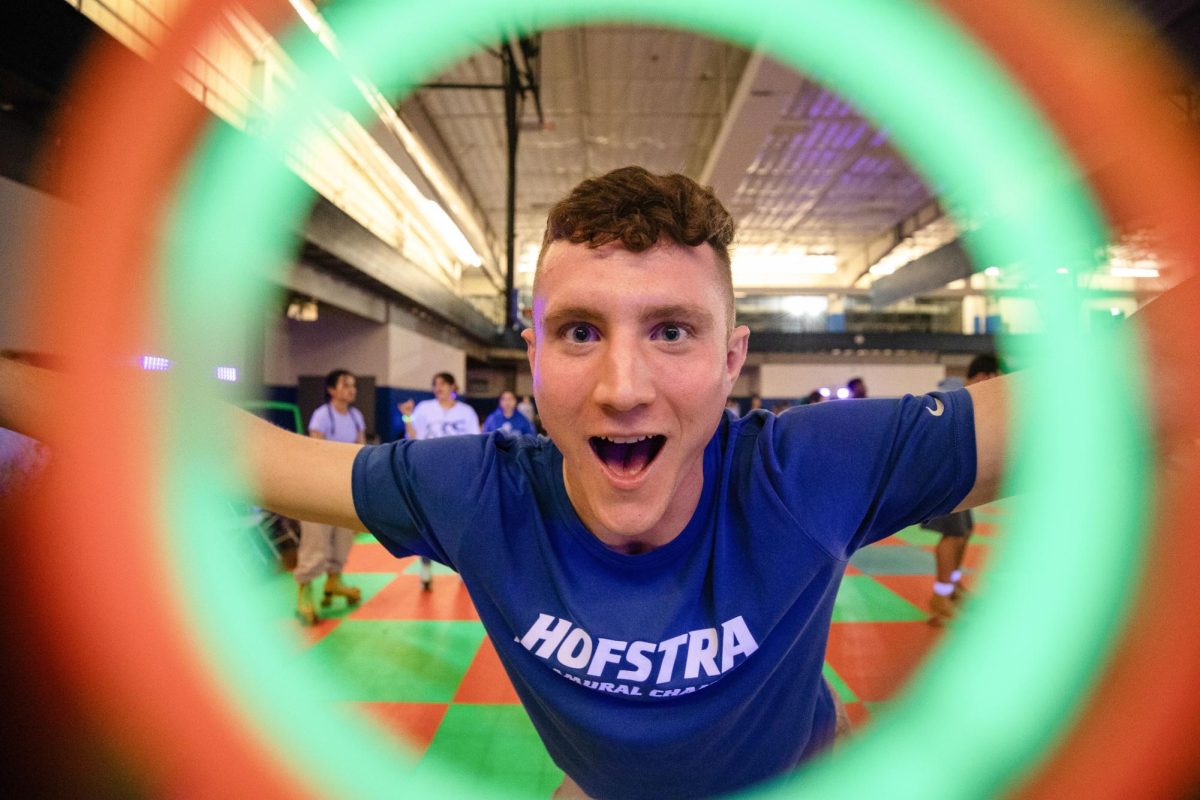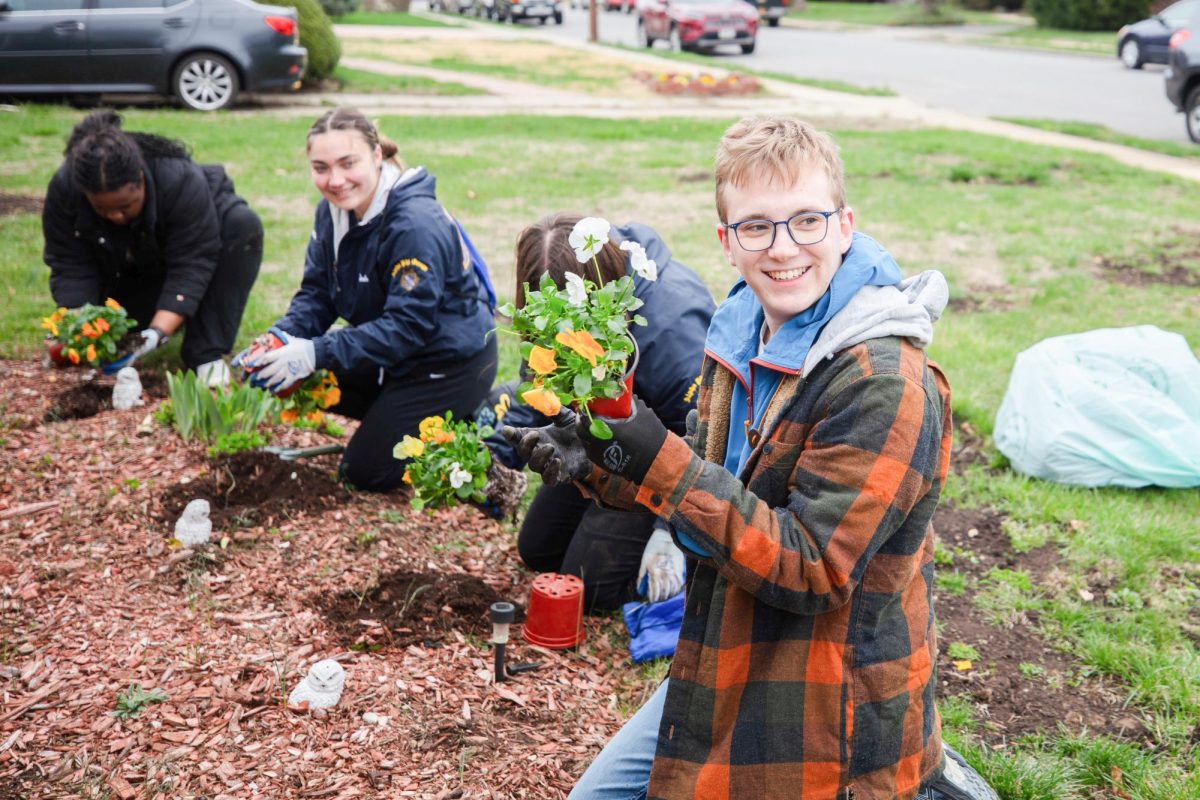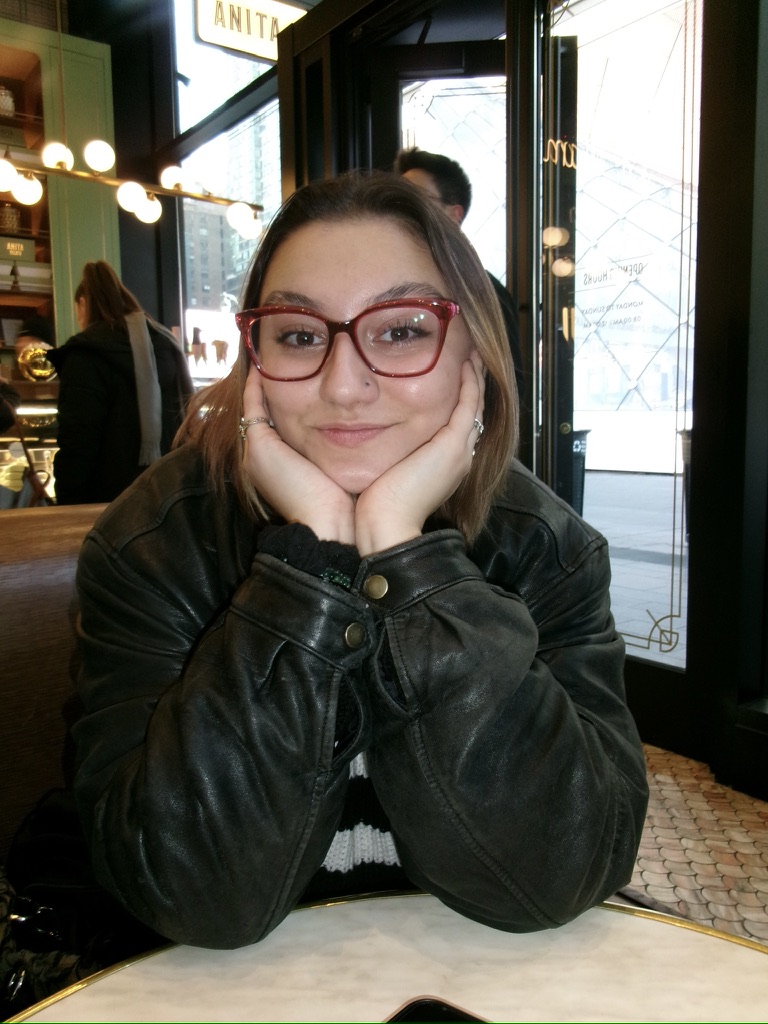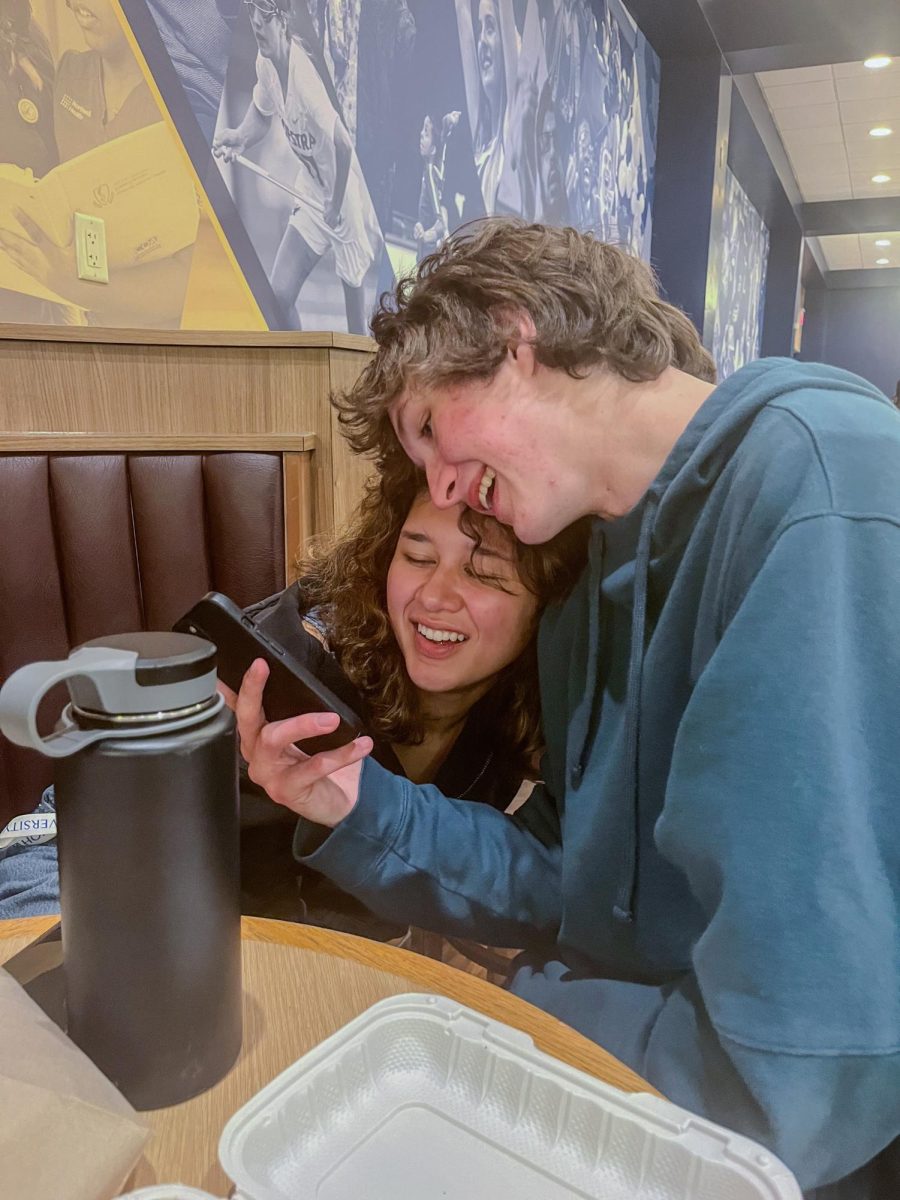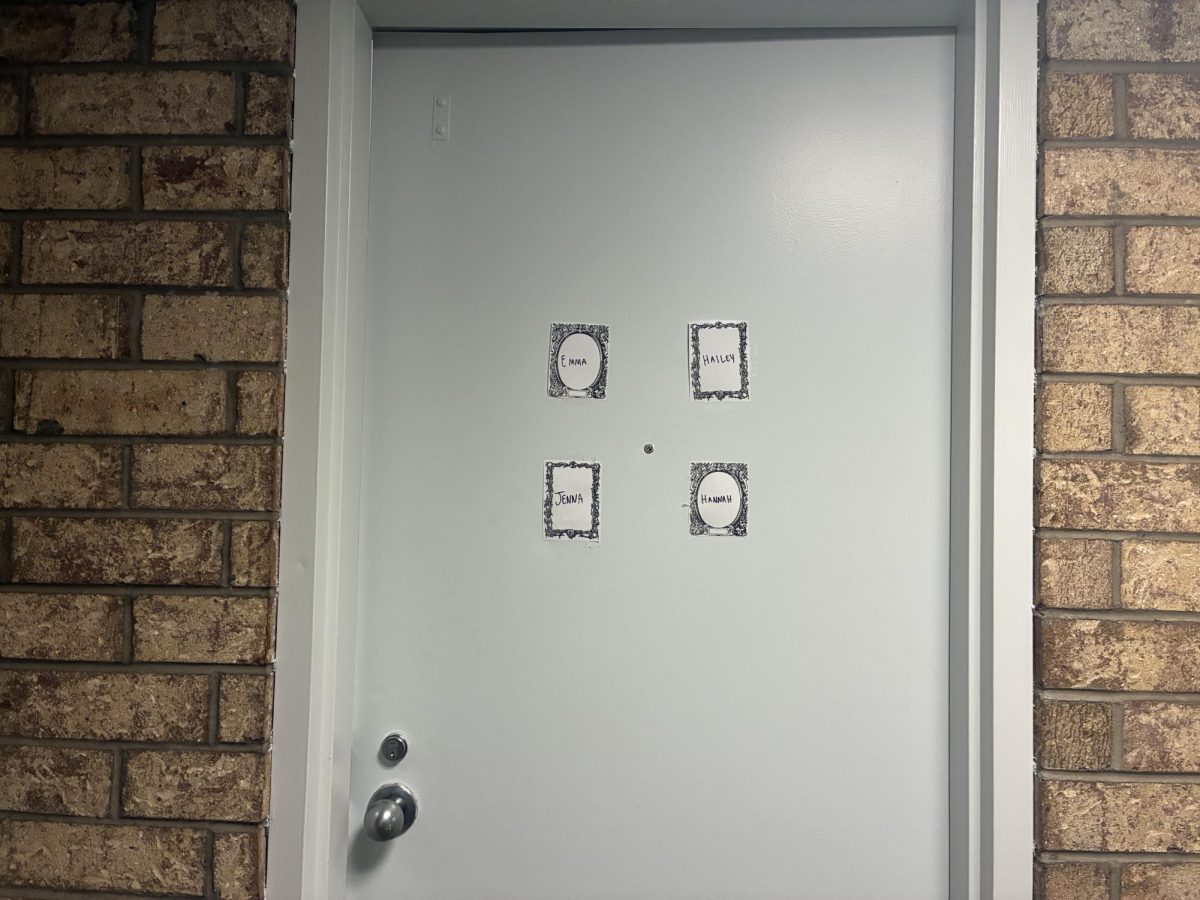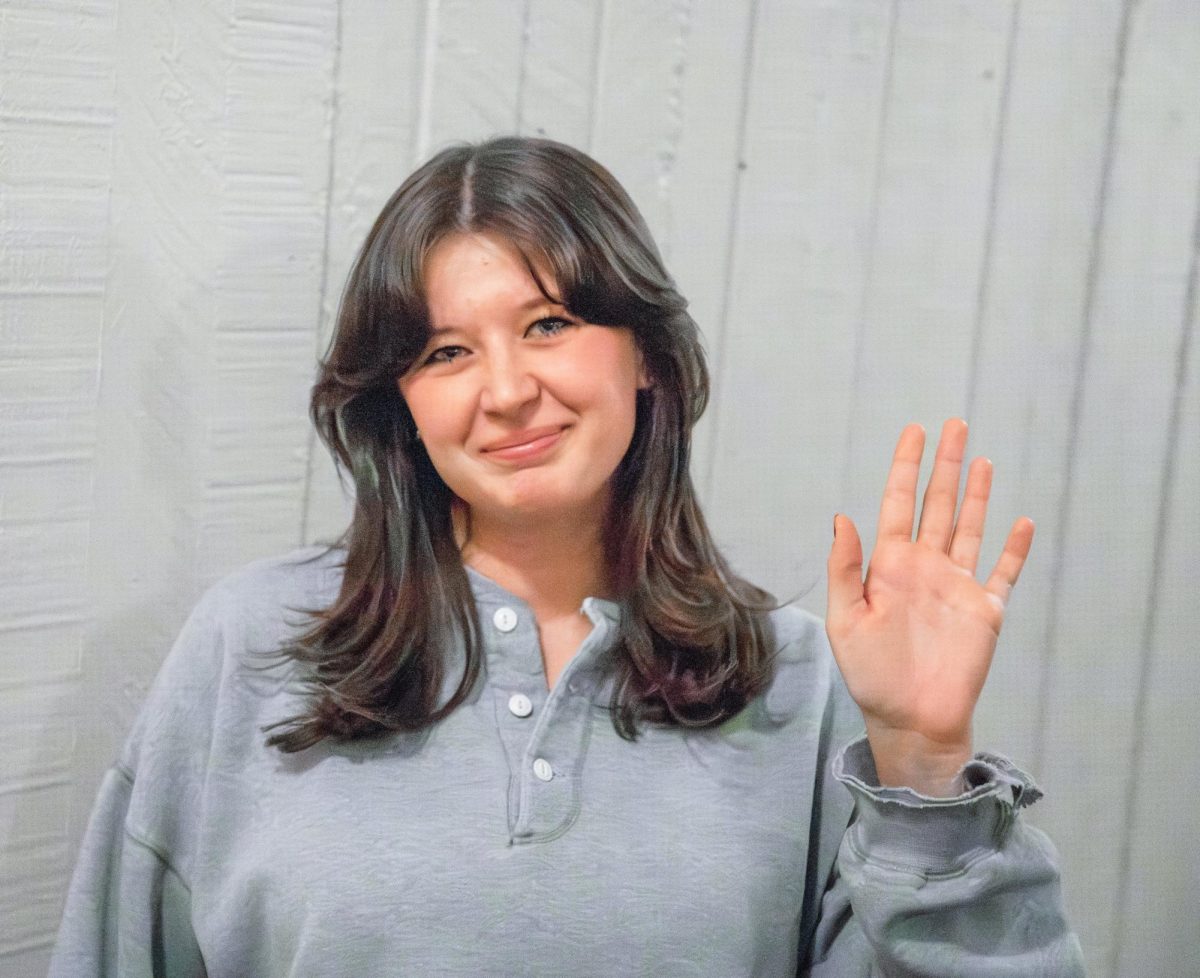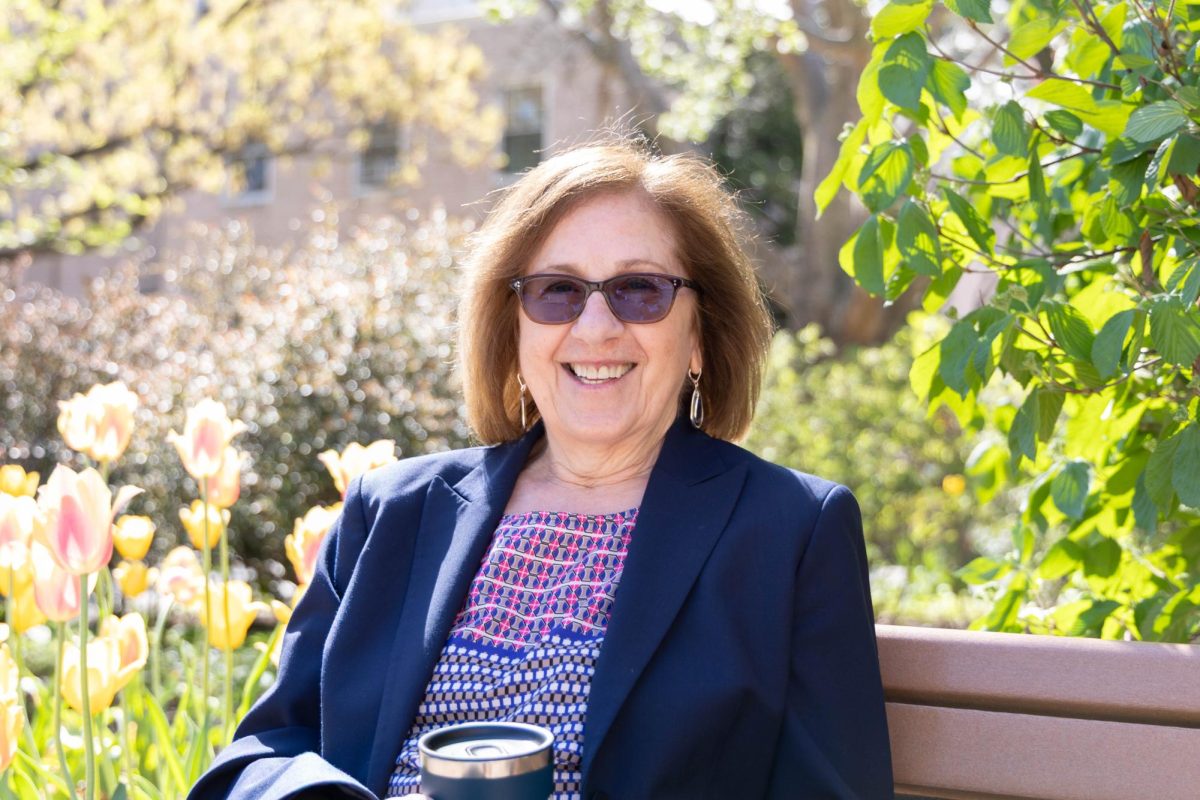By Kirstyn Brendlen
staff writer
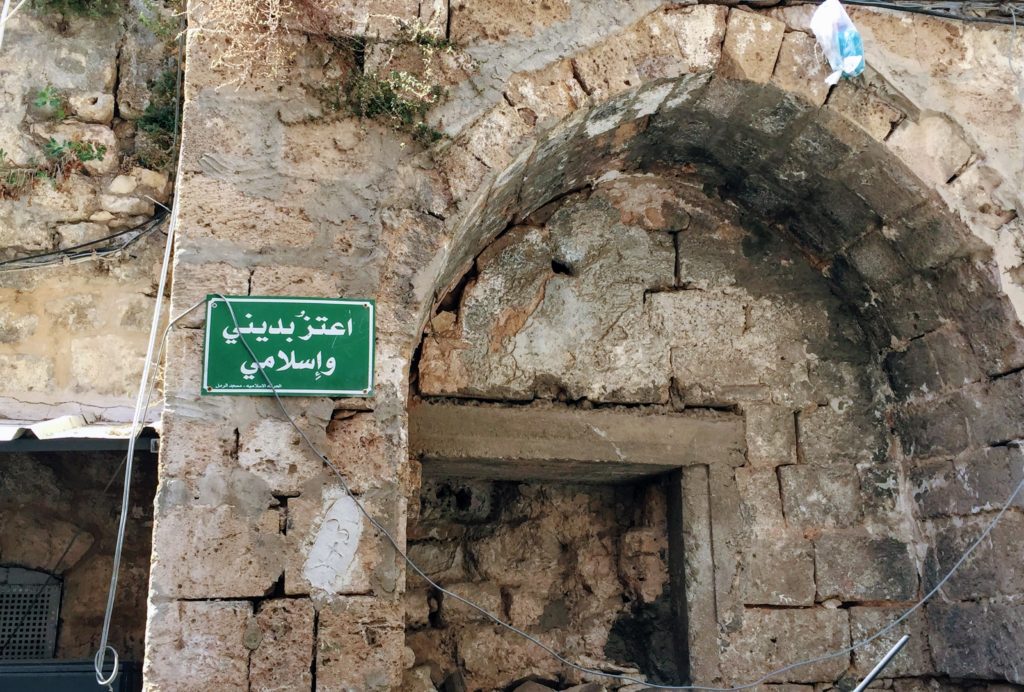
Akko is just visible from Mount Carmel – a little outcropping of white buildings an hour up the coast on Haifa Bay, double walled to protect from invasion after it was taken by the Crusaders, the Mamluks, the Ottomans.
The city is beautiful: cream buildings with blue doors, strings of laundry hanging between windows and clear blue water. It’s also, as many Israeli cities are, covered with trash. Our tour guide, Izzy, (a New Jersey native, of course) says he thinks it’s a fundamental difference between Americans and Middle Easterners – Americans try to keep public spaces as clean as possible, and the mess in their own homes is their own problem, he says. Middle Easterners keep their homes spotless, but don’t look after public spaces. I don’t know if he’s right, but the homes we pass are spotless – doors open into shining floors, clutter-less rooms. While we’re stopped in the street, a woman in a purple headscarf opens her front door and shouts a warning while she dumps a bucket of soapy water into the center of the street.
The streets are scattered with green and blue signs written in Arabic. As we pass, our professor reads them out to us: “Remember God” and “I cherish my religion and my Islam.” Izzy says the signs were changed during the Second Intifada to say incendiary things against the Israelis – an attempt to anger the mostly-Arab population of the Old City. Now, they’re reminders of faith. Acknowledging and thanking God is critically important in Islam – even when someone asks “How are you?” your response, good or bad, should always be accompanied by “Alhamdulillah” (“Thanks be to Allah”).
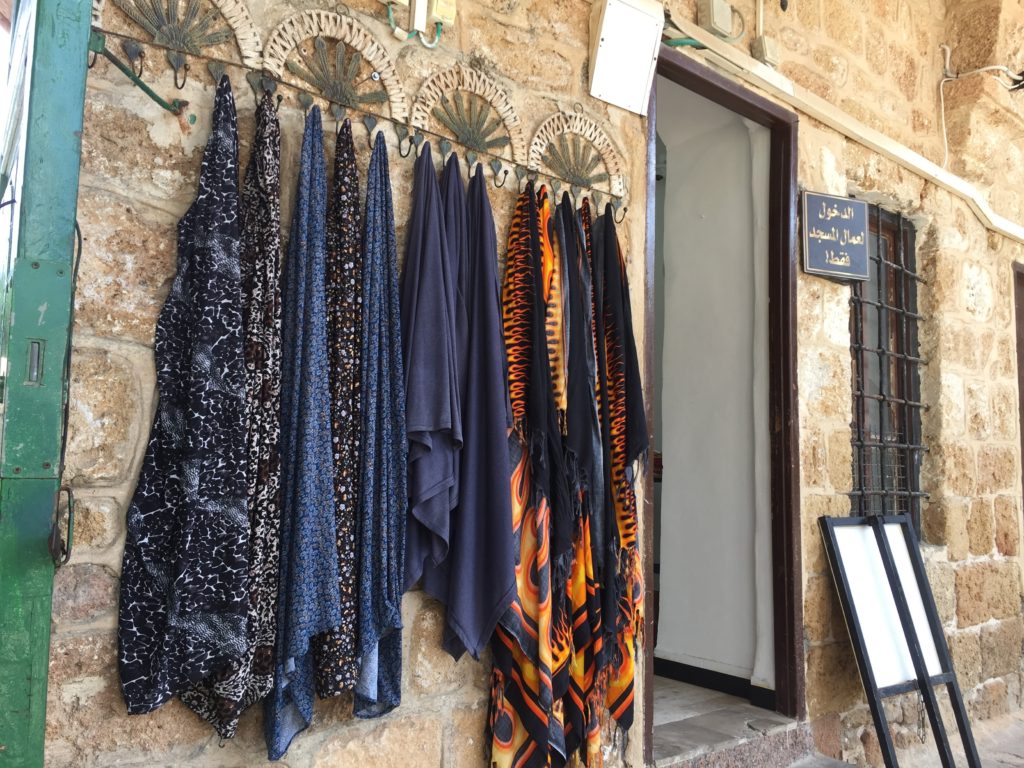
The al-Jazzar mosque is the oldest in Akko, a green dome sitting on top of the city. There are a few men scattered on the steep steps up to the mosque, chatting and nodding as we go by. Just inside is a rack of scarves for women to borrow if they don’t have them – half are in muted blues, the others, in contrast to the creams and blues of the complex, are black with racecar-style flames along the hem. A friend opens her tote bag, “This is my mosque kit,” she says, pulling out a long skirt and scarf. We file into the front of the mosque, empty but for a janitor praying at the front of the room. Many mosques have a relic of Mohammed. This one has a strand of his beard in a case on the second floor balcony, where the women pray. “I’ve never been up there,” Izzy says. “I’ve never seen it. I guess the men don’t get to see it.”
There’s a shelf next to the door that has rows of pamphlets – “What is Islam?” and “Who Is Mohammed?” in English, German, Chinese – tiny introductions for tourists. I take a blue and gold patterned Quran, clearly written for those outside the faith, as the introduction breaks down how the Quran was revealed and ordered, and instructs the reader to “read the Quran in slow, measured rhythmic tones.”
Izzy takes us through the city and out towards the edges looking over the bay. A group of young boys jump into the ocean from the top of the city walls, keeping their shoes on for the climb back up rough steps carved into the stone.
We have been waiting for a covered market to open, and when it does it’s packed and hot, lined with people selling everything: sheets, towels, food, spices and, like in Nazareth, an assortment of souvenirs – dream catchers, the same little toys you find rolling around in a display outside of a mall toy store.
This time when we pass a stand selling fresh pomegranate juice, I cave. It’s nearly 100 degrees out, and even the professor says we should get some; it’s the beginning of pomegranate season in Israel, they’ll never be this good. The man puts them into a little vice and spins the handle to squeeze the juice out. He pours it into a plastic cup with a little domed lid. While he’s telling us to be careful not to spill, I tip the cup, knock off the lid, and spill pink onto my white T-shirt. It’s still there, two months later.
When Izzy finally frees us for lunch, we follow our Madrich, Moshe, to what’s said to be the best falafel in Akko. The restaurant is small – a row of chairs against a mirrored wall, and five men working at breakneck speed, using a box cutter to slice open pita, passing it down to be filled. Moshe orders for us in Hebrew after we spend a few minutes fumbling awkwardly – five falafels, mine and Moshe’s with everything on it: hummus, pickled radishes cabbage.
We stop for kanafeh, a favorite of our little group, a traditional Arab dessert featuring a layer of sweet goat cheese with thin, almost pasta like pastry on top. The boy working in the shop is young and bored, ignoring us to talk to a friend who walks in behind us while he cuts big squares into white boxes for us to take back to the minibus.


